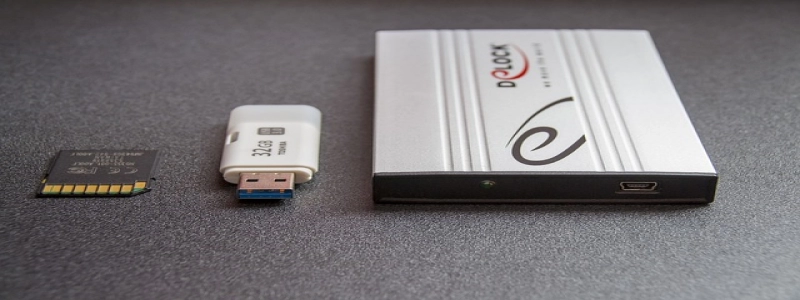Ethernet Encryption
Úvod
Ethernet encryption is a crucial technology used to secure data transmissions over Ethernet networks. With the growing threats of data breaches and cyberattacks, organizations are increasingly adopting encryption protocols to protect their sensitive information. This article will provide a detailed explanation of Ethernet encryption, its importance, and the various techniques used for securing Ethernet networks.
já. What is Ethernet Encryption?
Ethernet encryption involves the process of encoding data packets transmitted over an Ethernet network to prevent unauthorized access and ensure data integrity. It adds an extra layer of security to Ethernet communications, making it more challenging for hackers to intercept and manipulate sensitive information.
II. Importance of Ethernet Encryption
1. Data Protection: Ethernet encryption safeguards data from unauthorized access, ensuring that only authorized users can decrypt and access the information transmitted over the network.
2. Confidentiality: Encryption ensures that data remains confidential and cannot be viewed or understood by unauthorized individuals or eavesdroppers.
3. Compliance: Many industries and sectors have strict data protection regulations. Ethernet encryption helps organizations meet compliance requirements by protecting sensitive data during transmission.
4. Mitigating Risks: Encryption reduces the risk of data breaches and cyberattacks by making it significantly harder for attackers to intercept and gain access to sensitive information.
5. Trust and Reputation: Implementing robust encryption methods helps build trust with customers and stakeholders, demonstrating an organization’s commitment to data security.
III. Techniques for Ethernet Encryption
1. Virtual Private Networks (VPNs): VPNs establish a secure connection between two devices over the internet, encrypting data transmitted between them. They create a private network within a public one, ensuring data confidentiality and integrity.
2. Secure Sockets Layer (SSL) and Transport Layer Security (TLS): SSL and TLS are cryptographic protocols that provide secure communication between network applications. They encrypt data at the transport layer, preventing eavesdropping and tampering.
3. Media Access Control Security (MACsec): MACsec provides layer 2 encryption for Ethernet networks. It encrypts individual Ethernet frames, ensuring secure communication between network devices at the link layer.
4. IPsec (Internet Protocol Security): IPsec encrypts IP packets, adding an extra layer of security to internet communications. It authenticates the data sender and ensures confidentiality, integrity, and authenticity of the transmitted data.
5. IEEE 802.1AE (MACsec Key Agreement): This IEEE standard specifies methods for key agreement between network devices to establish encrypted connections. It ensures secure communication by preventing unauthorized access and eavesdropping.
Závěr
Ethernet encryption plays a critical role in safeguarding data transmitted over Ethernet networks. By implementing robust encryption techniques, organizations can protect their sensitive information from unauthorized access and mitigate the risks of data breaches. Ethernet encryption not only ensures data confidentiality but also helps organizations comply with data protection regulations and build trust with their customers. Implementing encryption protocols such as VPNs, SSL/TLS, MACsec, IPsec, and IEEE 802.1AE can provide organizations with a secure and encrypted network environment.








